
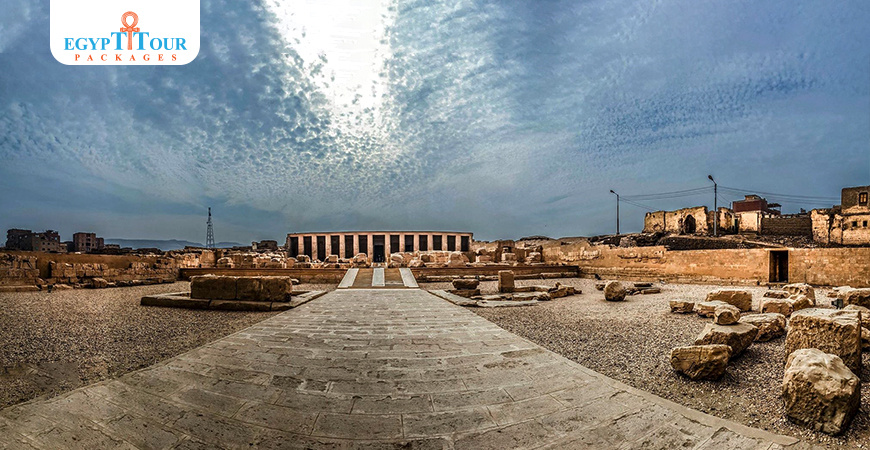
Abydos temple
Temple of Abydos , an ancient Egyptian archaeological temple, the most famous temple of Sohag,and it is located in the village of Al-Araba Al-Madfauna
Abydos temple location
Abydos is a city of sacred ancient cemeteries in Egypt. Its name is Greek and is derived from the ancient Egyptian name Ajdu, which in Coptic is Abot. Its location is known today as “Al-Araba Al-Madfauna (buried).” Abydos is one of the most important archaeological sites dating back to the dawn of ancient Egyptian history due to its sacred religious status and the amazing works of art left behind by the first Pharaoh kings there. Its political and religious history coincided with the history of Egypt in all its ancient stages.Abydos is located in the far south of Upper Egypt on the edge of the desert, to the west of the Nile River near the city of Baliana in Sohag Governorate. It was in ancient times one of the countries of the eighth region of Upper Egypt, of which the city of Thini was its capital. It is likely that this is located somewhere near Abydos, or that it is near Al-Barba (an archaeological burial ground) located in the vicinity of Girga. Archaeological excavations carried out in the nineteenth century at the site of Abydos revealed a group of double burials dating mostly to the kings of the Egyptian First Dynasty and some kings of the Second Dynasty. Questions were raised about the validity of this claim when larger graves and the richest architecture were uncovered in Saqqara in northern Egypt. The one in Abydos bears the same royal names as the kings of these two families. Some archaeologists believe that the kings of the First and Second Dynasties were affiliated with the aforementioned city of Theni and that they built their real tombs in Saqqara and established shrines for them in Abydos because of its holiness to them, and because they are affiliated with it. This does not deny that some pharaohs of the Second Dynasty were buried there, as there is a high brick burial place for them at the northwestern end of the burial area.The god Khenti-Amentiu, the chief of the people of the West, is considered the guardian god of the burial city of Abydos in the Old Kingdom. He was depicted in the form of a jackal, and his worship gradually moved from the time of the Fifth Dynasty to the god Osiris, whose worship occupied the greatest status in ancient Egyptian religion. What is known from the legend of Osiris is that he was killed and his body was cut into pieces that were scattered in various places in Egypt, and many areas of which claimed the honor of containing parts of that body. As for Abydos, it had the honor of containing the head of Osiris, and the belief was firmly established that the tomb of King Dajr, one of the kings of the First Dynasty, was the one in which that head was buried.
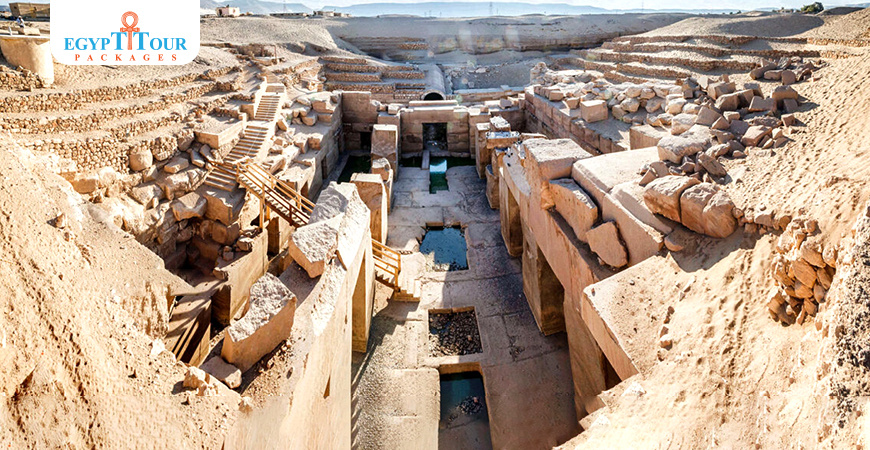
Osiris temple Egypt
The famous pharaoh Seti I is considered one of the greatest and most famous warrior pharaohs in the era of the New Kingdom and the Nineteenth Dynasty. He was known as “mn-maat ra.” He is the son of King Ramesses I and Queen Sat-Ra. His father, Ramesses I, who founded the Nineteenth Dynasty, ruled for two years.Only, due to his advanced age at the time of his accession to the throne, Seti I succeeded him on the throne of Egypt.There is no doubt that history will preserve for “Siti I” the most beautiful memories, as he succeeded in restoring nearly half of the Egyptian empire in Asia, and he also secured the transportation routes between his country and “Palestine,” and removed the danger that was threatening the country.The Greeks called him Setosis, and the Egyptian historian Manetho mistakenly considered King Septi I the founder of the Nineteenth Dynasty. He called him Seti, meaning related to Set, which indicates that he was given to the god Set. King Ramesses II is considered the most famous king of the modern state. He succeeded his father, King Seti I, and became king at the age of between twenty-five and thirty years of age. He enjoyed a long reign of about sixty-seven years, and he also left a huge amount of antiquities and inscriptions.King Ramses II had many queens, and he fathered about a hundred children, while his main wife was the great queen (Nefertari), for whom he built a temple near his temple (Abu Simbel) in Nubia.King Ramses II was considered one of Egypt's greatest warriors. He recorded the events of the Battle of Kadesh - which took place in the fifth year of his reign against the Hittite Kingdom - on multiple monuments. Although the actual outcome of the battle was a tie on both sides, the king was extremely proud of his personal courage and military prowess, boasting that he had single-handedly saved Egypt from the fate of crushing defeat. He continued skirmishing with the Hittites for many years, but in the end he signed a peace treaty - the first in history - with their king, and married his daughter to complete the alliance he had established. The tomb of the ambassador who delivered the peace treaty was found in Saqqara.King Ramesses II built temples throughout Egypt and Nubia.King Ramesses II was originally buried in the tomb (KV17), but his body was moved to the Deir el-Bahari cache; To protect it from plundering.

Abydos temple facts
- Introduction
One of the most important cultural centers throughout ancient Egyptian history, despite the passage of more than 33 centuries, it still stands tall to remain a witness to life in ancient Egypt, just as it was a witness to the story of the eternal love of Isis and Osiris. He received many titles, perhaps the most famous of which is “ta-wr" means the great land."Abydos Temple" one of the most important ancient Egyptian temples. Its unique architectural layout, the beauty of its carvings, the splendor of its colors, in addition to the rare drawings contained on its walls, made it acquire special historical importance, and the word Abydos is the current name of the capital of the provinces of Upper Egypt in the Pharaonic era.This Greek name is derived from one of its ancient hieroglyphic names, which is “Abbjo”, which was a center for the worship of the god “Khenty-Amentiu” before it became a major center for the worship of “Osiris”, and it is one of the richest archaeological sites in Egypt.King Seti I began constructing the temple in the late 1380s, and its construction and inscriptions were completed by his son, King Ramesses II, one of the kings of the 19th Dynasty. The city of Abydos is located in Upper Egypt, west of Sohag Governorate, and is about 70 kilometers from the center of the governorate, and from the city of Al-Balina.12 kilometers, and this area was called Al-Araba Al-Madfauna (buried), because it was buried under the sand, and perhaps this was the reason for it still retaining its design and effects, and to this day the sand covers the vast majority of its effects, which have not yet been extracted or discovered. As for the temple itself, it is located seven kilometers from the Nile, south of the Abydos area. In ancient times, pilgrims reached it by means of a canal extending from the Nile to the vicinity of the temple itself. On the facade of the temple there is the text of the dedication, which confirms that the temple was started by King Seti I, and its construction was completed by King Ramesses II.The city has been famous since the dawn of history for its sacred religious status, as the main center for the worship of the god Osiris, the god of resurrection and reckoning in the afterlife. The ancient Egyptians used to make pilgrimages to it to cry, the guardian of eternal life.Therefore, King Seti I, who was called the first priest of the god Set, could not force the Egyptians to Worshiping the god Set, because he was hated by all Egyptians, but the king was forced to change his name somewhat, so he added the name of the god Ptah to it, so his name became “Seti Merenptah, was the fourth ruler of the 19th dynasty in ancient Egypt. Tomb KV 8. Merneptah ,” meaning Seti beloved of Ptah, and he engraved it on the walls of the temple with the name Osiris.
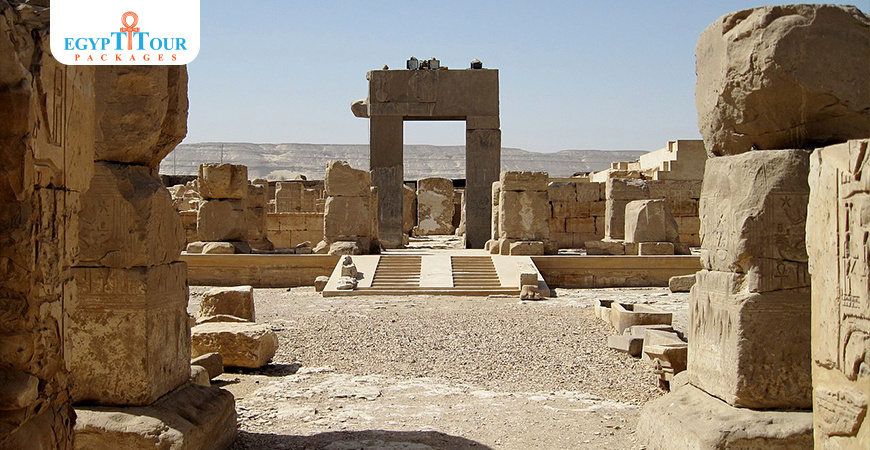
Abydos temple facts(The battle of Kadesh)
- The battle of Kadesh(The first peace treaty in history):
Some historians claim that the battle occurred in 1288 BC, while others suggest that it occurred in 1274 BC. Ramesses II is considered one of the greatest pharaohs in Egyptian history, and in this battle he fought King Muwatali II in "Kadesh", which is located near the border.Modern Syrian,Lebanese, and according to historians, it is the oldest recorded battle in history.At the end of the fourteenth century BC, Egypt lost its lands in Syria, and Ramesses I and Seti I were able to regain lands in Canaan and Syria. It appears as if the Hittites regained control by the time Ramesses II became pharaoh Ramses thought he could take Kadesh quickly without opposition until he marched toward the city. His four divisions became scattered as they approached Kadesh. The Hittites quickly seized the initiative and launched a large chariot attack and destroyed one of the Egyptian divisions. The Hittites then made a fatal mistake and instead of continuing the attack they began to plunder The bodies of their dead enemies, and this gave Ramesses crucial time to regroup. The two remaining peoples came together and launched a decisive attack that destroyed all of the Hittite chariots except a few. The battle continued into the next day and both sides suffered heavy losses.Ramesses declared a great victory upon his return to Egypt, and historians now suggest that the Battle of Kadesh may have been a draw. However, it can be classified as a “victory” for the Egyptians in the sense that they stopped the Hittite incursions into the land of Egypt. Ramesses II eventually signed a peace treaty with the Hittites after About 17 years after the Battle of Kadesh
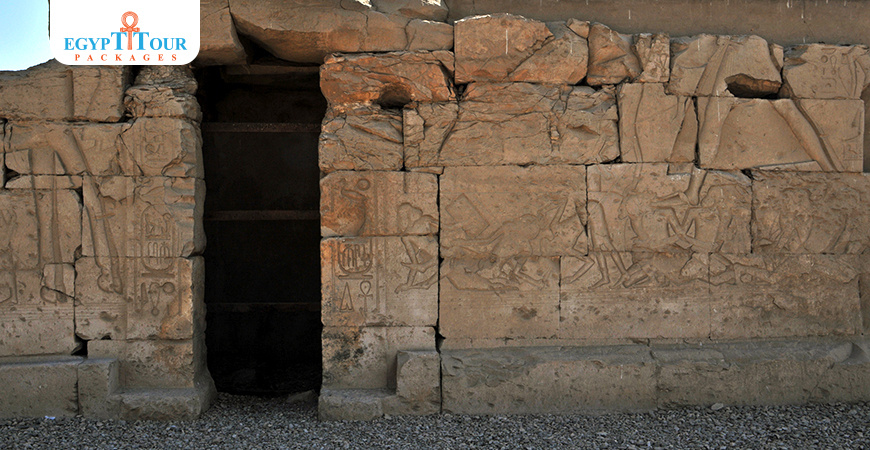
Abydos temple Egypt
- Architectural elements of the temple
Most of the temple was built of white limestone, and its columns are made of sandstone, in the shape of the letter ''L'' unlike the Pharaonic temples that are accustomed to the rectangular design, the temple begins with two spacious courtyards, at the end of which there is a staircase that reaches two halls of columns, the first of which is 171 feet long and 36 feet wide. It includes 24 columns, in the shape of bundles of papyrus, and their capitals are in the form of an unopened flower. These columns are arranged in two rows, each row of 12 columns, on which are engraved scenes from different aspects of the life of Ramses II. One scene depicts Khnum, the god of creation and water, and a second scene shows Ramesses II, patronized by Hathor and Isis, and another scene from the king's purification ceremony, these columns form corridors leading to another hall.
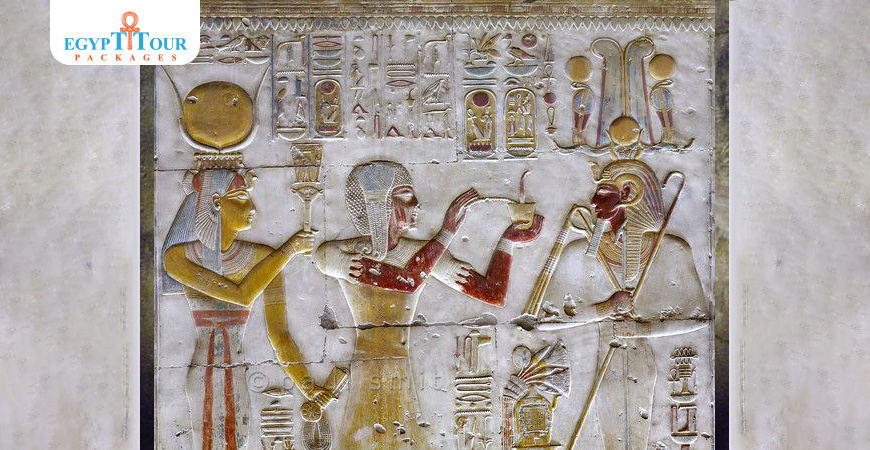
Abydos temple of Seti I
As for the second hall, it includes 36 columns arranged on three rows, each row also 12 columns.The columns of the first two rows took the same all papyrus leaves with their crowns that consist of flowers. As for the third row, they are columns in the form of tree trunks, and it is noted that the floor of the third row is a little high in a way that made it look like an inclined ascent, other than the beginning of one of two steps in front of the central corridor made by the rows of columns, and the columns in all ancient Egyptian temples are usually shortened, because the level of the temple ceiling is low, but in the temple of Abydos, the columns are shortened because The ground rises naturally the closer we get to the niches.
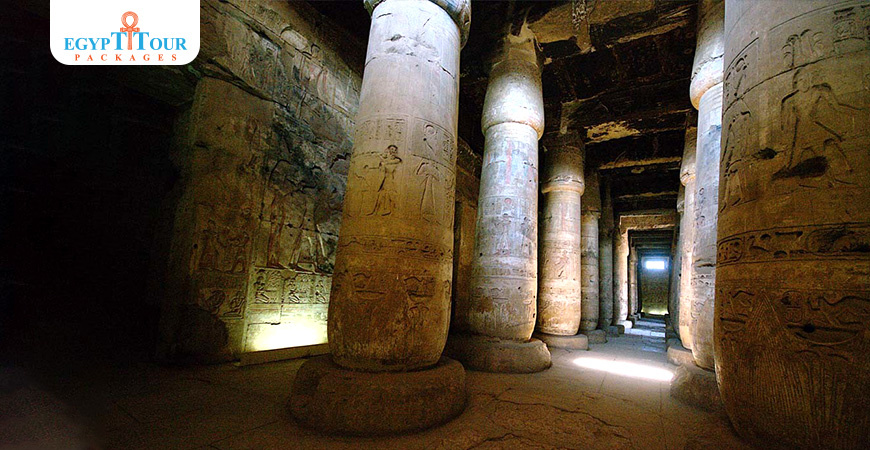
Abydos temple inside
- The inscriptions and seven prayer halls
The inscriptions that decorated the columns of this hall date back to the era of Seti I, and it is one of the most beautiful things created by the ancient Egyptian model, especially since the gods who were represented with human heads were engraved in the same side position in which the statue of King Seti I was engraved. The second hall ends with 7 prayer halls, starting from The right is the niche of Hor, followed by the niche of Isis, then Osiris, Amun, Hor-akhti, meaning the chief of the gods, and Ptah, and the last hall towards the left is the niche of Seti I.It is noted that the niches did not have doors behind them except the niche of Osiris, which had a door leading to a hall with columns.Background featuring the trinity of gods Osiris, Isis and Horus. At the end of the left wall of the second hypostyle hall, there are two gates, one of which leads to a hall consisting of three halls dedicated to the gods Nefertum and Ptah-Soker. The second gate leads to three entrances.The first ends with a long corridor at the end of which is a long staircase that reaches a narrow side exit that leads to the ceiling, and the second entrance.The third ends with five halls containing a list of the kings of Abydos from the First Dynasty to the 19th Dynasty,and their number reaches 76 kings, starting with King Menes,the unifier of the two countries,until King Seti I, although it should be noted that the name of Queen Hatshepsut and the names of the kings of the era of religious reform, that is, Akhenaten and his sons, were not written down In it.
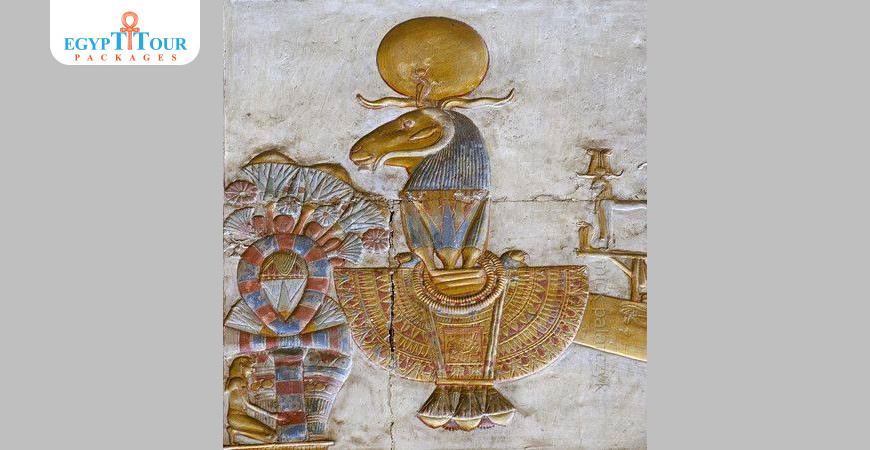
Abydos list of kings
- Abydos list
A list of the kings of Egypt created by King Seti I of the Nineteenth Dynasty (about 1300 BC) inscribed on the walls of his temple in Abydos.The list contains the names of 75 pharaohs who ruled Egypt before Seti I, starting with the First Egyptian Dynasty and beginning with King Menes, who unified the maritime and tribal countries, and the list ends with Seti I.The list does not mention some of the names of the kings who ruled Egypt during the First Intermediate Period, and it also lacks the names of the kings of the Second Intermediate Period.There are two lists in Abydos with the names of the pharaohs who ruled Egypt since the First Dynasty. One was created by King Seti I of the Nineteenth Dynasty and is in his temple at Abydos.The second was established by Ramesses II and was also located in Abydos. In addition, we know the history of the Pharaohs from other lists, such as the Palermo Stone, the Karnak Kings List, the Saqqara Kings List, and the Abydos Kings List (Ramses II),as well as from the Turin Papyrus.These lists are considered the most important sources for knowing the succession of Egyptian rulers during the Pharaonic era.The list presented here concerns the list created by Seti I. Seti I built a temple in Abydos, and there is a long corridor leading to the royal hall. The king at that time ordered cartouches to be engraved with the names of the kings of Egypt who were before him.Inscribed on the left side of that list is Pharaoh Seti I standing with his young son Ramesses (who later became Ramesses II) in front of him, identifying him with the names of the kings who ruled Egypt before them.The khartouches include the names of the known kings of Egypt at the time of Seti I, numbering 76 kings starting with King Menes until King Seti I, without mentioning the names of the rulers who ruled Egypt during the two transitional periods, and the names of five of the Eighteenth Dynasty, who were not mentioned for political or religious reasons, and they are: Queen Hatshepsut, who came to power before Thutmose III, who was still young, and her name was subsequently scratched from the walls of temples in an ancient era. King Akhenaten, who replaced the multiplicity of Egyptian gods with the worship of one god, Aten, represented by the sun.In addition to Akhenaten, the list does not mention his successors who continued to worship the Aten:
King Ankh-khebru- ra (semench-kare)
king
Tutankhamun, ruled as a boy only for a short time. He is most famous because his tomb was discovered almost intact and full of treasures in 1922 Tutankhamun
, who was before that"Tutankhaten",
King Ay the second
The pharaohs' khartouches are arranged on the temple wall in two horizontal arrays.The list starts from the left in the top row, starting with the founder of the First Egyptian Dynasty, Mina. The khartouche includes one of the king’s titles, “the five,” as each king had five titles: the royal titles that were assigned to him when he ascended the throne, and his name when he was born.But the five titles have not been followed since the First Dynasty, but rather developed over time, and the title he took upon ascending the throne often contained a short sentence about the sun god Ra.Such as Sahure (which means “close to Ra”), Rameses or Rameses, which means the child of Ra.Others chose another word in their titles, such as Thutmose, which is in detail “Thoth Messis,” meaning the son of Thoth.

Tomb of Osiris Abydos
- The Osirian and his relationship with the god Osiris.
It is a small temple in its external appearance, and it is clear from its name that it was established in honor of the god Osiris. It was discovered in 1926 by the Englisharchaeologists Margaret Murray and Flinders Petrie, as part of an expedition headed by the well-known Dutch archaeologist Henry Frankfurt.Those who visit the temple today will see that it has no roof, while it was originally completely roofed and surrounded by rows of trees.The entrance was from the western side of the facility. From there, a long downward corridor leads to the eastern side to a rectangular room with a narrow room behind it.Perhaps the most important thing about this temple is the paintings placed on the walls of the corridor, depicting the Book of Caves on the northeastern side, and the Book of the Dead on the opposite wall.Is the Osiris the tomb of the legendary Egyptian god Osiris, and that is why it was considered a place of pilgrimage for the ancient Egyptians?
Osiris is considered the Egyptian god of resurrection and reckoning, and he is the head of the court of the dead. According to ancient Egyptian myth, Osiris was the brother of Isis, Nephthys, and Set. He married Isis, and their fathers were Geb, the god of the earth, and Nut, the goddess of the sky. According to Egyptian myth, Osiris was killed by his evil brother Set, who became a symbol of evil in the history of the ancient Egyptian nation.
But how did Set kill Osiris the good?
According to the story, Set held a celebration in which he displayed a wonderful coffin, and those present slept in it, but it was not suitable for anyone except his brother Osiris.Set closed the coffin over him, cut off its parts, threw it into the Nile River, and threw it in different parts of the country. Isis, his wife, cried a lot over him and then began her journey in search of his remains. Everywhere she found a part of him, the Egyptians built temples, the most famous of which was the Abydos Temple, which dates to this incident, where she found the head of Osiris.In the temple of Seti I, the father of the famous Ramesses II, located near the Osiris, the wall representations explain what Isis did in assembling the body of Osiris. She linked the parts together, creating the first mummy, and used her magic spells to bring Osiris back to life, and thus Osiris began his tour of the world. The other, to become the king of the dead, and before the death of Osiris, Isis had given birth to their son Horus, who grew up and defeated his evil uncle Set, and avenged his father’s death.
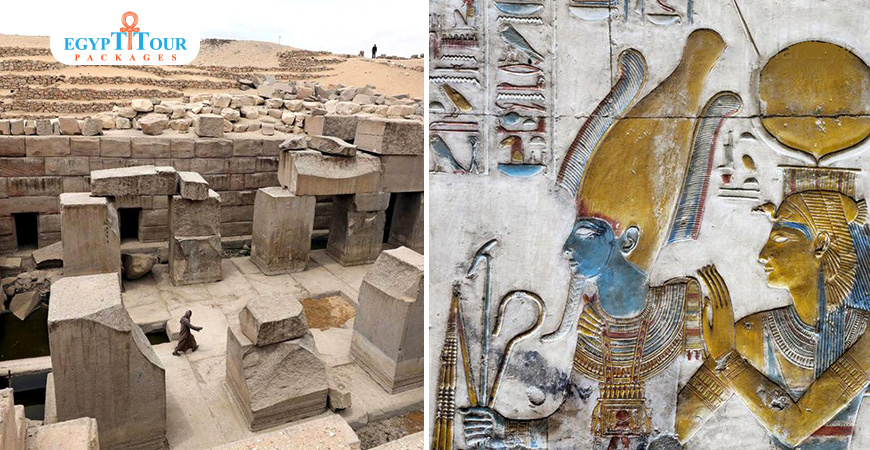
Abydos temple (During the Christian era)
- The influence of Christianity on the temple
During the Christian era, the church was certainly the place of worship.But during the period before, when Christians were suffering from Roman persecution, they would take refuge in the desert and live inside ancient Pharaonic temples.They often left graffiti on the walls;Next to ancient writings. Remnants of Christian worship appear in the temples of Karnak, Edfu and Abydos.Christians lived in it after the Romans persecuted them Most of the temple was covered and filled with sand, and the Christians used it as a living quarters during the period of Roman persecution. What was found in the darkening of the roof of the temple is the effects of daily life, including cooking and other things.
- 14 “Workers’ City” cemeteries uncovered
It also contains rooms for sacred boats and religious ceremonies for the priests supervising inside the temple. 14 tombs were uncovered behind the temple, which are the tombs of the workers, “the city of workers,” who built the tombs of the kings of the Second and First Dynasties, which date back to 3300 BC. There are many foreign missions working in the area to try to search. About many places that have not been discovered.
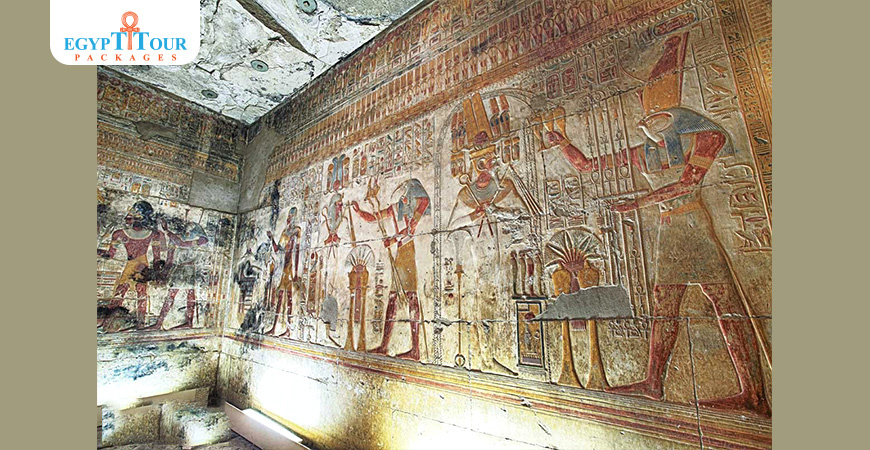
Abydos temple of osiris
Holy of Holies
The first temple of Seti is distinguished from other temples by the presence of seven temples that constitute the Holy of Holies, and they are arranged from north to south. The first three are of the Abydos trinity and begin with the temple of Hor, then Isis, then Osiris. After that comes the temple of the god Amun - Ra, the king of the gods, then the temple of Hor - the sister of the sun god in the city of Heliopolis. Next is the temple of Ptah, the ruler of
Memphis was one of the oldest and most important cities in ancient Egypt, located at the entrance to the Nile River Valley near the Giza plateau. Memphis
, and the three are the main rulers of the country in ancient Egypt. Then comes the temple of Seti at the southern end.Each structure was distinguished by a vaulted ceiling colored blue like the sky and decorated with planets and stars. At the end of each structure, except for the Osiris structure, was an imaginary door closed with a latch, and an inscription on the top of each door was what looked like mats rolled up to form a curtain.The wall separating each structure from the other also contains a niche for offering offerings The structures are losed with cedar wood doors covered with gold foil, and a model of a gold boat is placed inside each structure.
The stages of daily service rituals were represented on the walls of the temples, except for the Seti temple.
Osir Group
The Temple of Osiris contains a back corridor leading to the Great Hall of Osiris, which contains three temples of the Abydos Triad on the northern side, and on the southern side the Small Hall of Osiris, which also contains three temples whose inscriptions have been lost.
The Great Hall of Osiris
It is a hall containing two rows of columns, each row having five columns
The Great Hall of Osiris
It is a hall containing two rows of columns, each row having five columns
The most important views of the Great Hall of Osiris:-
The eastern wall: Seti offers offerings to the gods of the temple, offering purification water to Hur, bread to Osiris, and flowers to Geb and Nut. At the southern end of the eastern wall is a view of the living King Seti worshiping the deceased King Seti.
The western wall: The story of the resurrection of Osiris and the scene of the erection of gd Pillar, a symbol of Osiris.
The Small Hall of Osiris: It contains 4 columns. The upper part of this hall was demolished and was newly restored. The east and west have five openings designated for placing statues, and in front of them is a stone table on which offerings were placed. On the southern wall are three temples, most of whose views have been lost.

Abydos temple(Temple stores)
Temple stores
It is located to the east and west of the reception hall. It consists of 20 rectangular storerooms distributed on two sides. It is built of mud brick and painted with white painted mortar. It has domed ceilings and its floors are tiled with mud. All of its entrances are paved with limestone. It was reused in the late era as burial places for sacred animals.The scientist Paris, most likely from 1926 to 1929 AD, restored the temple and made ceilings for parts of the halls and shrines of the temple (architectural restoration), in addition to completing stone walls in the first and second courtyards. These are some rare snapshots of the restoration work.

Abydos temple helicopter
Are there really aircraft and a submarine depicted? Or, is it something much more mundane? What do you see? These hieroglyphs surely don’t represent any modern technology (it would be hard to imagine modern looking helicopters in ancient Egypt). Instead, the drawings are nothing more than normal Egyptian hieroglyphs like the hand or the basket.The helicopter for example consists of two forearms that carry a thing like a table.The lower portion of the submarine is the hieroglyph basket. The basket is – again – held by a forearm.If you look at the normal Egyptian hieroglyphs and compare them to these drawings, you’ll see that this is nothing special, only misinterpreted constellations of hieroglyphes.I don’t know what these symbols represent, but I can say for sure that they’re nothing unusual.
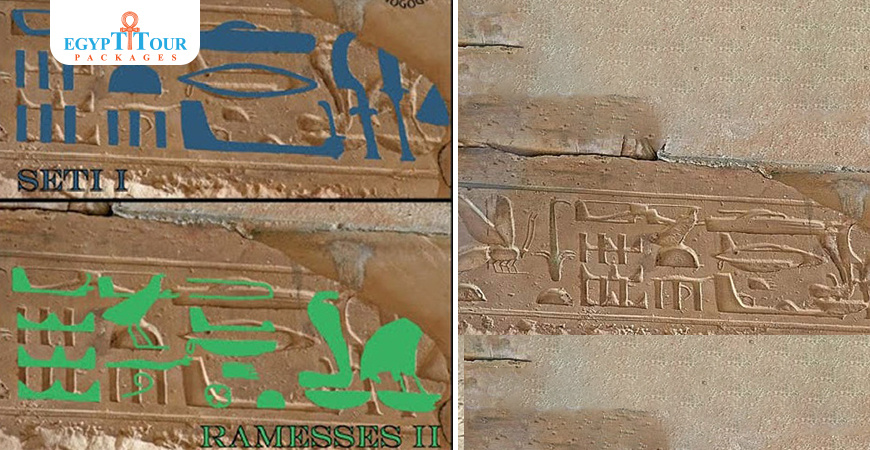
Post A Comment
Your Email Address Will Not Be Published.
Hot Categories
Topics of Sohag
Suggested Tours
Table of Contents
- Abydos temple location
- Osiris temple Egypt
- Abydos temple facts
- Abydos temple facts(The battle of Kadesh)
- Abydos temple Egypt
- Abydos temple of Seti I
- Abydos temple inside
- Abydos list of kings
- Tomb of Osiris Abydos
- Abydos temple (During the Christian era)
- Abydos temple of osiris
- Abydos temple(Temple stores)
- Abydos temple helicopter
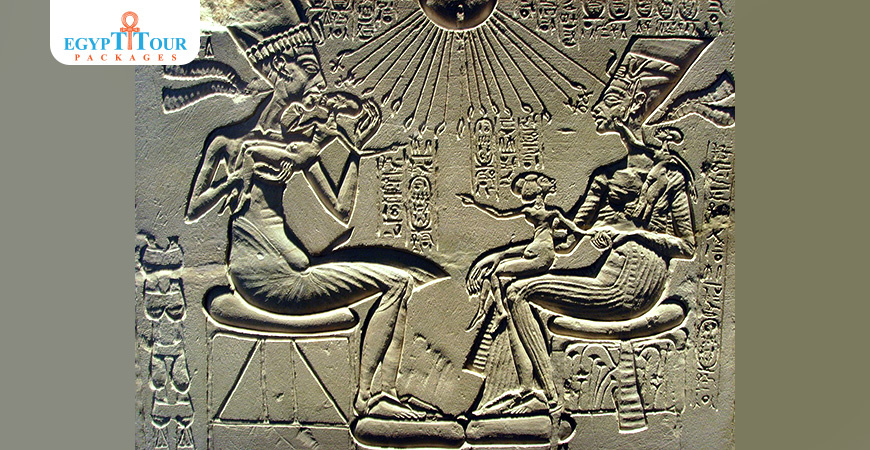


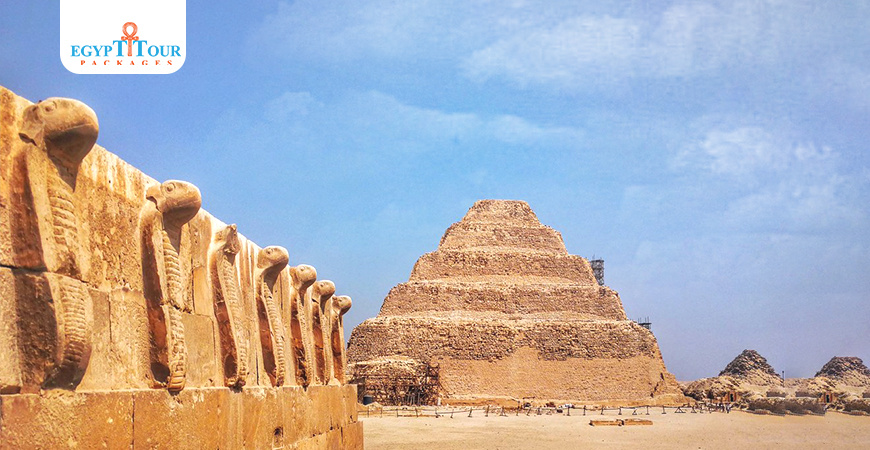







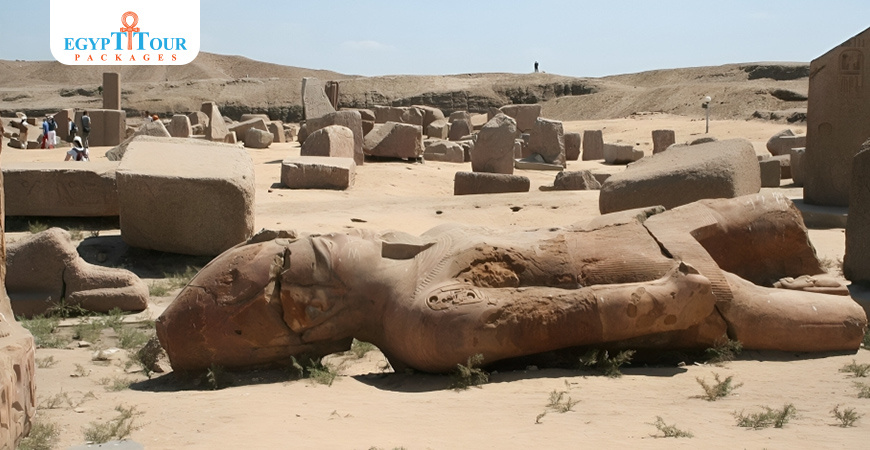


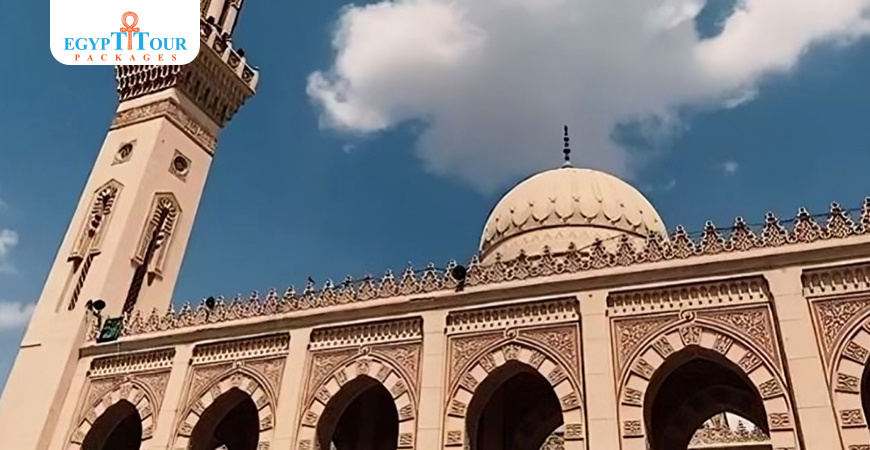


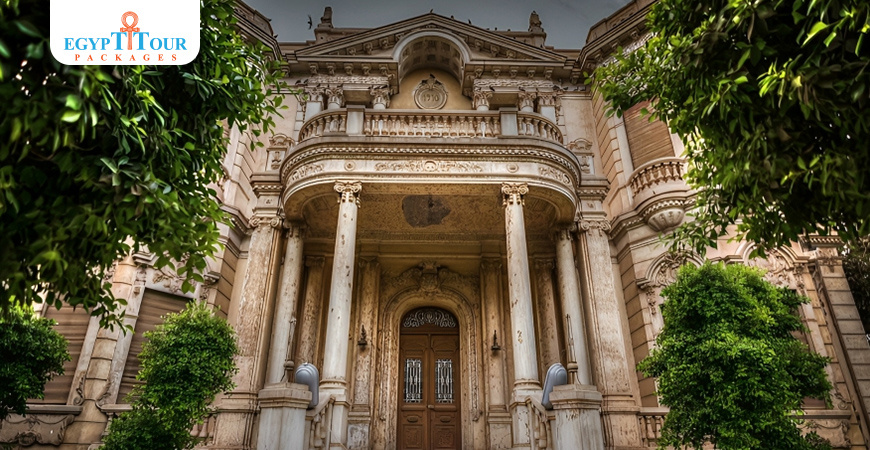
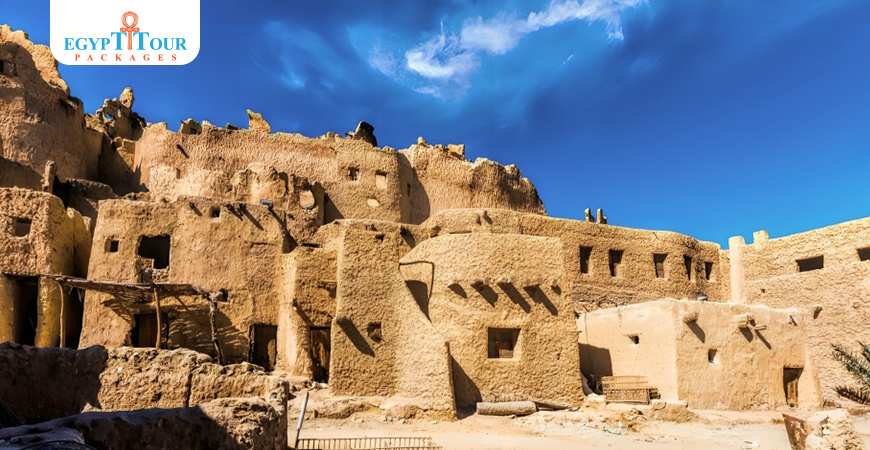
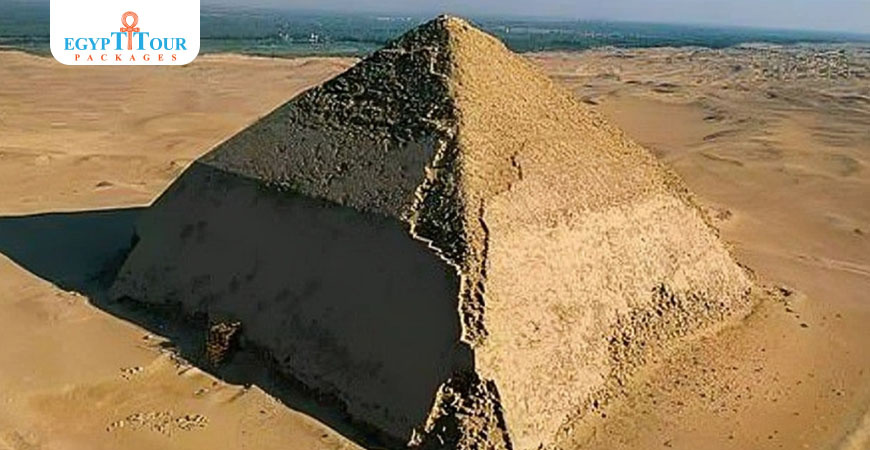
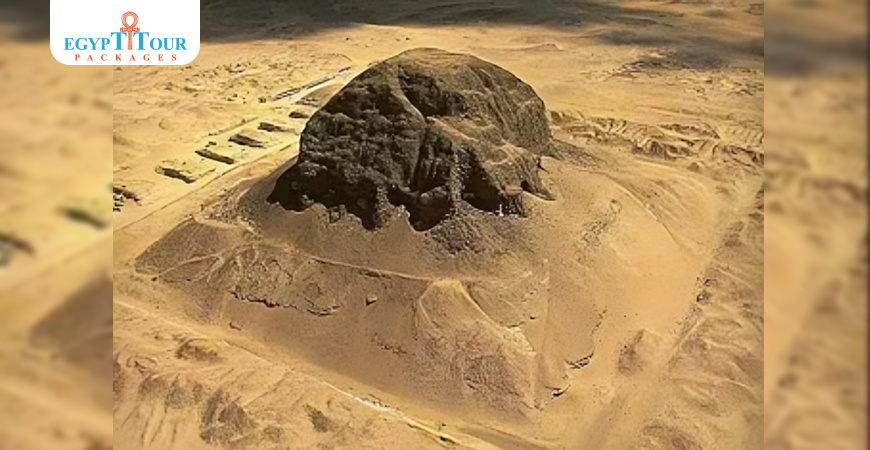
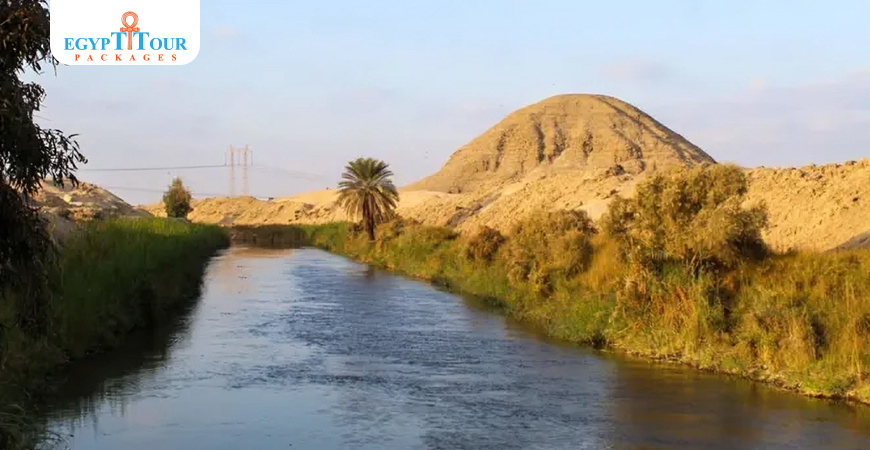
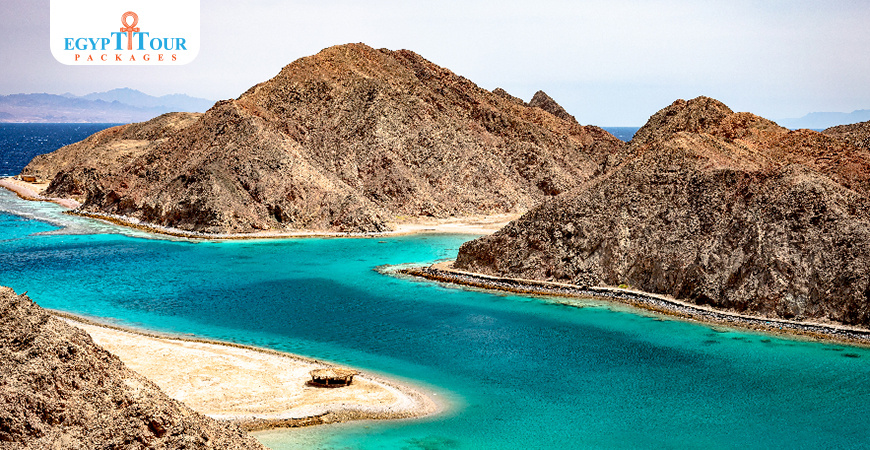

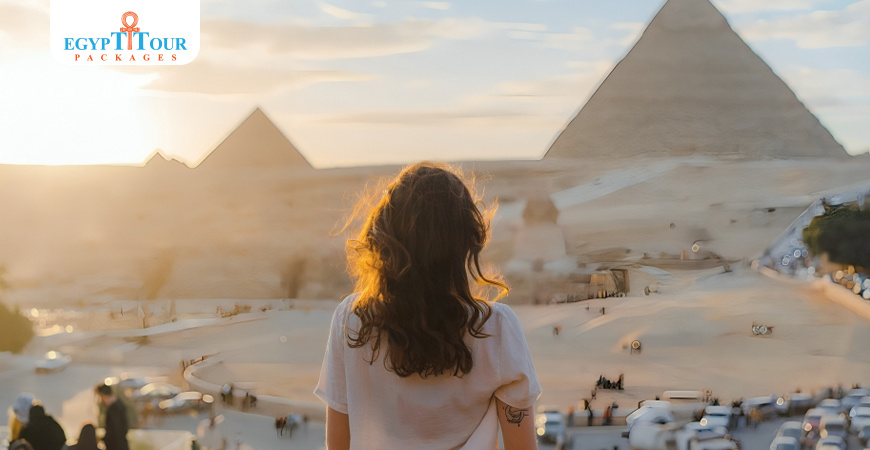
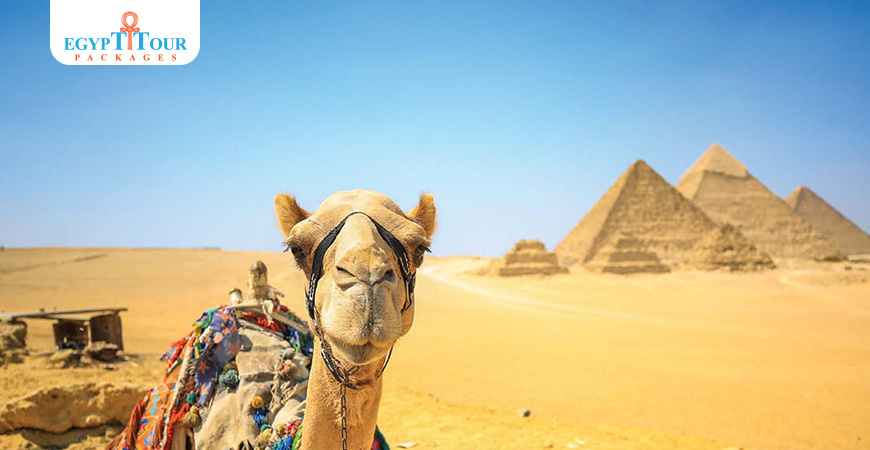











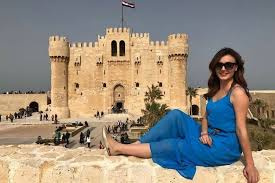

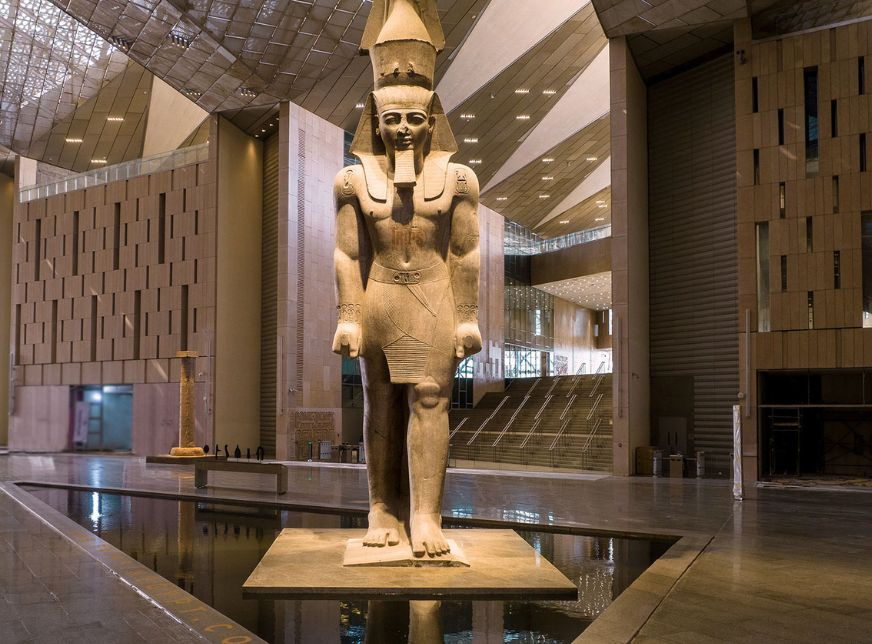

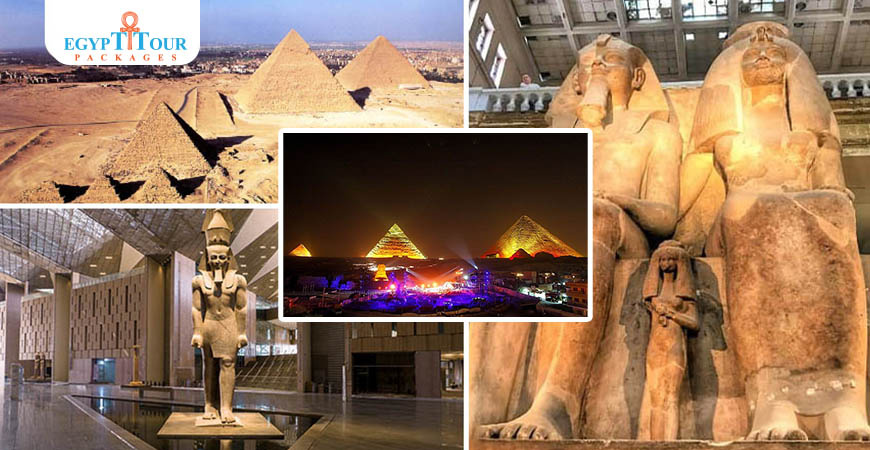


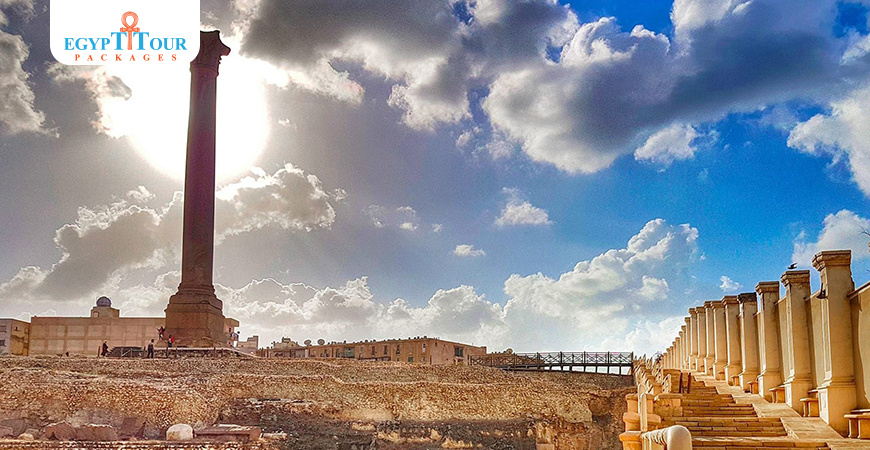



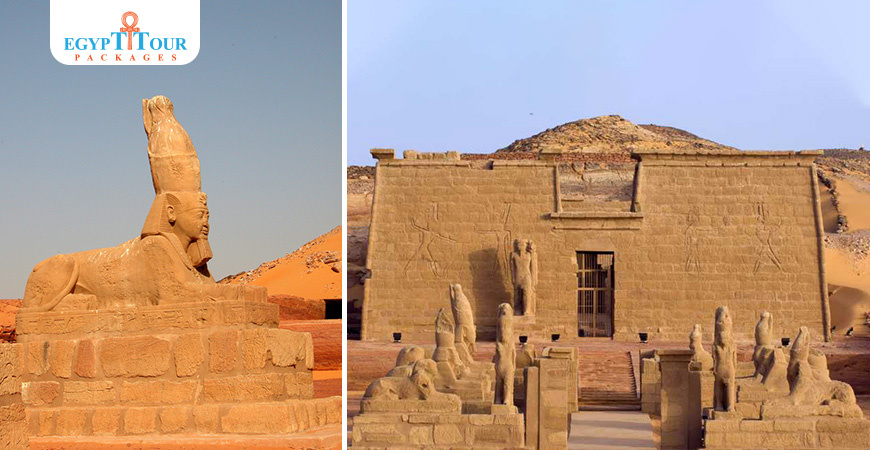


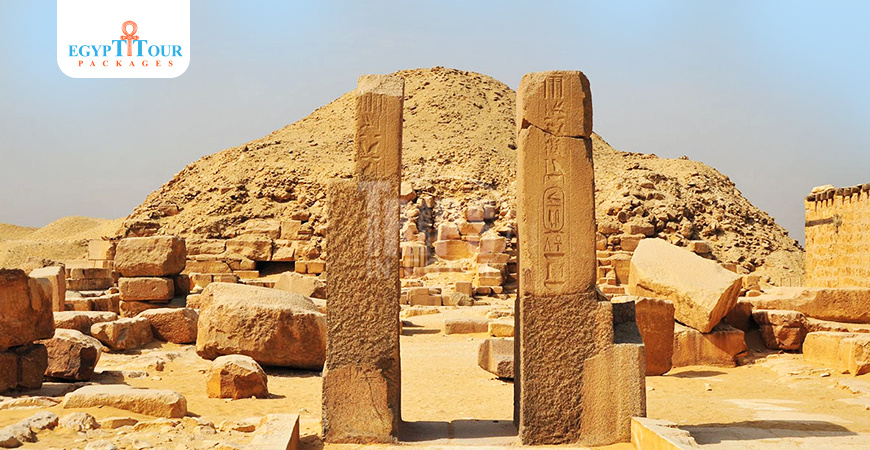


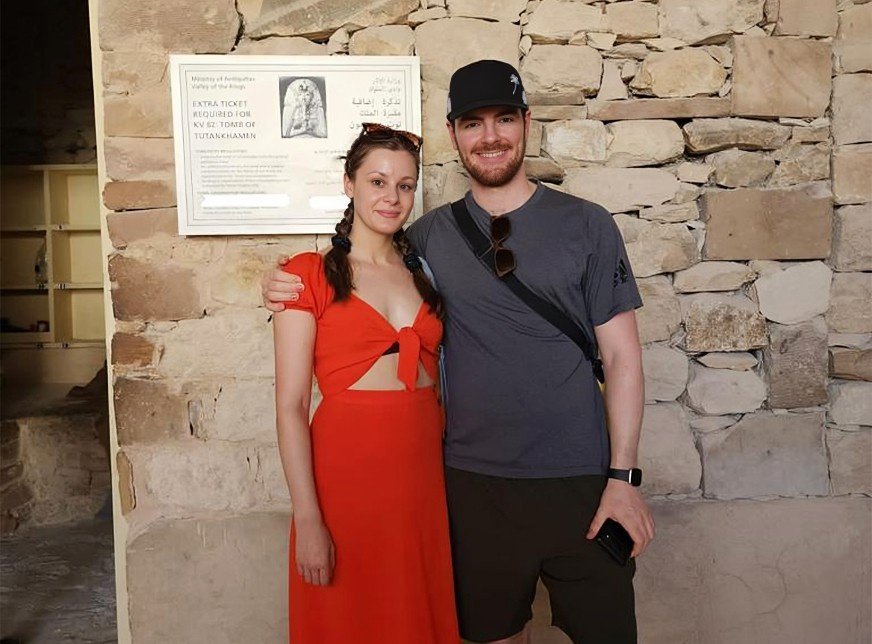
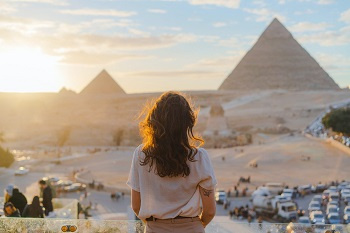
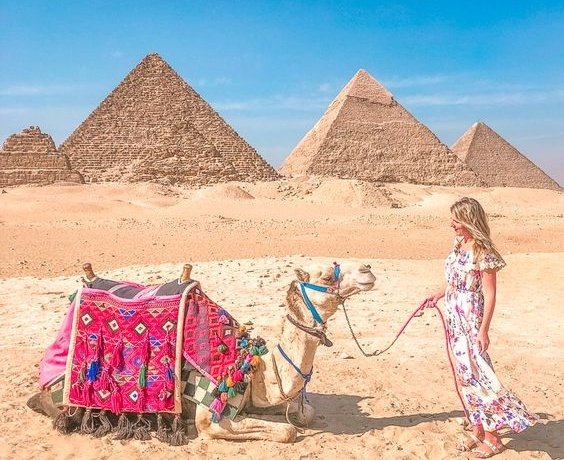

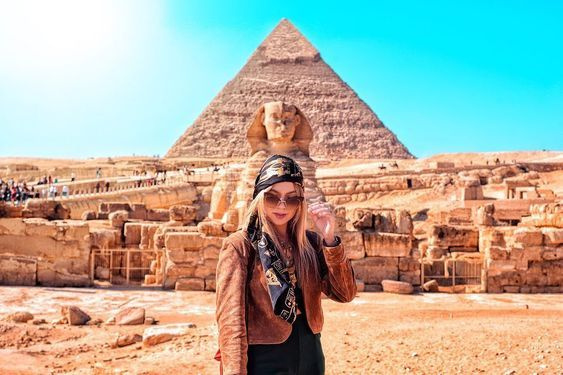
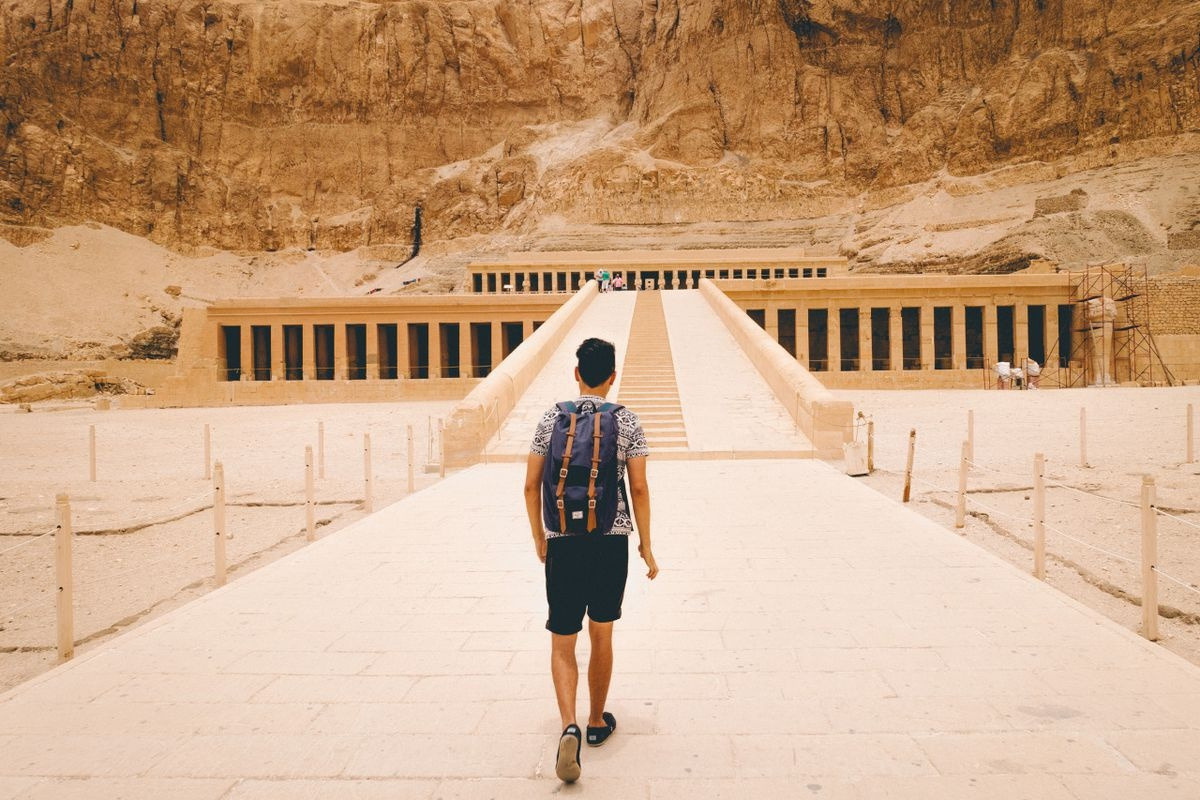


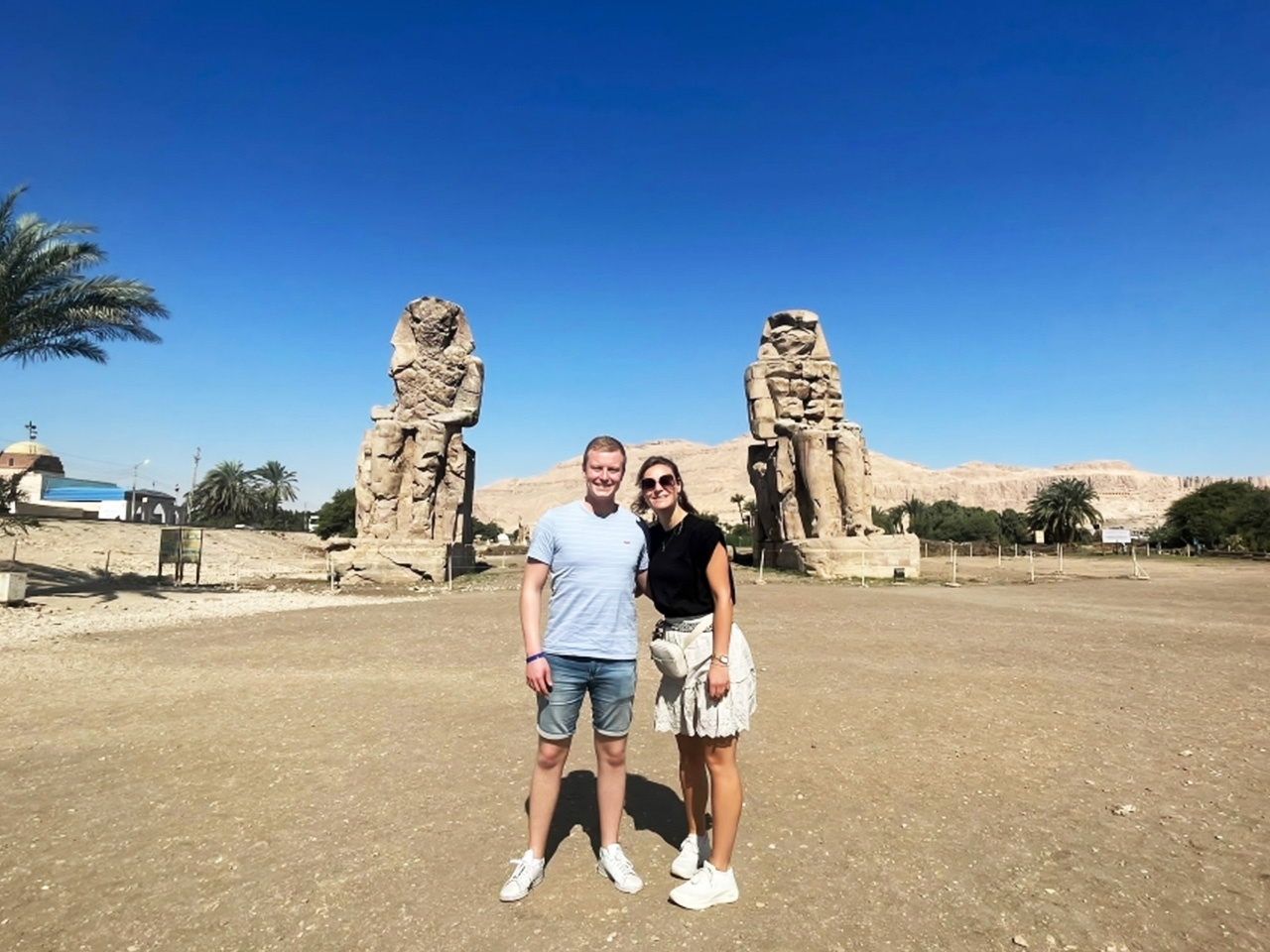
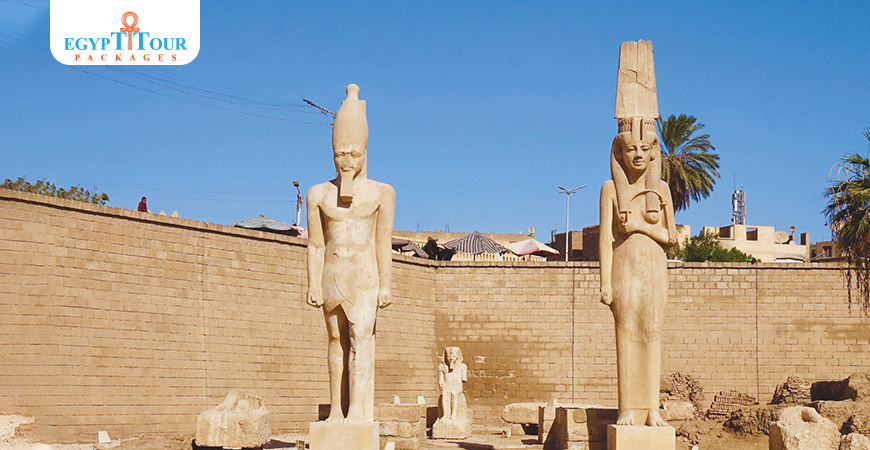

0 Comments